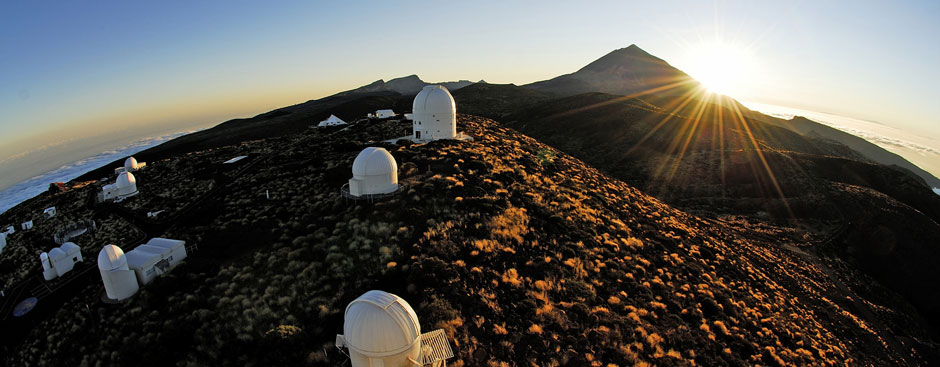Speaker
Description
According to the ΛCDM model, spectral distortions of the CMB from a perfect blackbody shape are expected. The COBE experiment was the first to measure the absolute spectrum of the CMB in the 1 to 95 cm⁻¹ frequency range, but it did not detect any deviations from a pure blackbody. Absolute measurements of the CMB at longer wavelengths than those covered by COBE have been performed by a few ground-based and balloon-borne experiments. Notably, ARCADE2 detected an unexplained excess of radio emission with a synchrotron-like spectrum — the so-called radio synchrotron background — which might potentially be explained by dark matter models (e.g., axions, sterile neutrinos, superconducting cosmic strings, etc.).
The Tenerife Microwave Spectrometer (TMS) is a new ground-based microwave experiment to be installed at the Teide Observatory (Tenerife, Spain). TMS will take precise measurements of the absolute sky spectrum (at the level of uK) in the frequency range between 10 to 20 GHz, with the sensitivity to characterize the spectral dependence of the radio synchrotron background. TMS uses a pseudo-correlation scheme, similar to the Low Frequency Instrument (LFI) on board the PLANCK satellite, which simultaneously compares two input signals, one coming from the sky, and one coming from a stable reference black body load at cryogenic temperatures. At the output of the radiometer, the difference between both signals will be recorded and deviations from the blackbody curve will be measured.
TMS requires a detailed characterization of every part of the radiometric chain to predict the possible systematic effects that will impact the final measurements and to design the calibration strategy. In this talk, we present a detailed forecast of the instrument performance, by obtaining the temperature contributions due to the non-ideality of the radiometric components. These results are used, together with a Jones matrix analysis, to perform realistic simulations of the instrument to consolidate the calibration scheme.

